Doug Brunk is a San Diego-based award-winning reporter who began covering health care in 1991. Before joining the company, he wrote for the health sciences division of Columbia University and was an associate editor at Contemporary Long Term Care magazine when it won a Jesse H. Neal Award. His work has been syndicated by the Los Angeles Times and he is the author of two books related to the University of Kentucky Wildcats men's basketball program. Doug has a master’s degree in magazine journalism from the S.I. Newhouse School of Public Communications at Syracuse University. Follow him on Twitter @dougbrunk.
Article
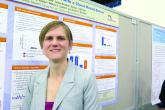
Chest-worn seizure detection device shows promise
- Author:
- Doug Brunk
An investigative, chest-worn device shows promise for detecting a wide range of seizure types in children with epilepsy, results from a small...
Article
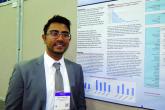
Study highlights need to address vitamin D deficiency in epilepsy patients
- Author:
- Doug Brunk
Neurologists and other clinicians ordered vitamin D levels, DXA scans, and vitamin D supplementation for epilepsy patients in order to diagnose...
Article

Project aims to improve understanding of AED prescribing trends
- Author:
- Doug Brunk
HOUSTON – A significant proportion of epilepsy patients in the United States are not taking newer antiepileptic medications, results from a pilot...
Article
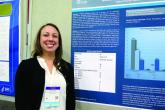
Psychiatric comorbidities common in newly diagnosed pediatric epilepsy cases
- Author:
- Doug Brunk
HOUSTON – About one in three children diagnosed with new-onset epilepsy present with psychiatric diagnoses at the onset, results from a single-...
Article
Study eyes fracture risk in pediatric patients taking antiepileptic drugs
- Author:
- Doug Brunk
HOUSTON – The incidence of fractures in pediatric patients taking antiepileptic medication stands at an estimated 1.1%.
Article
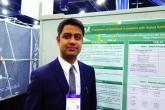
Study identifies predictors of poor outcome in status epilepticus
- Author:
- Doug Brunk
HOUSTON – Predictors of poor outcomes in patients with status epilepticus admitted to the neurointensive care unit include complex partial status...
News

Coronary revascularization appropriate use criteria updated
- Author:
- Doug Brunk
FROM THE JOURNAL OF THE AMERICAN COLLEGE OF CARDIOLOGYFor ST segment–elevation myocardial infarction (STEMI) patients presenting between 12 and 24...
Article
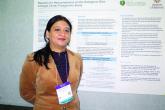
Reasons for noncompliance to ketogenic diet explored
- Author:
- Doug Brunk
HOUSTON – More than one-third of children discontinued the ketogenic diet prior to completion of a 3-month trial because of reported difficulty, a...
Article

FDA gives nod to crisaborole for atopic dermatitis
- Author:
- Doug Brunk
The FDA has approved crisaborole topical ointment, 2%, to treat mild to moderate atopic dermatitis in patients 2 years of age and older.
Article
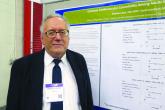
Cardiovascular comorbidities common in patients with epilepsy
- Author:
- Doug Brunk
HOUSTON – Adults with epilepsy reported five of the six most common cardiovascular diseases more often than did adults without epilepsy, according...
Article
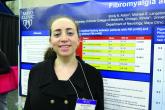
Strength of fibromyalgia as marker for seizures questioned
- Author:
- Doug Brunk
HOUSTON – The specificity of fibromyalgia as a marker for psychogenic nonepileptic seizures is less reliable than previously described, results...
Article

Selected elderly trauma patients do well in non–ICU wards
- Author:
- Doug Brunk
CORONADO, CALIF. – When elderly patients are appropriately triaged, they can be selectively admitted to non–intensive care wards with acceptable...
Article

Aspirin use linked to increased ICH in trauma patients
- Author:
- Doug Brunk
WAIKOLOA, HAWAII – Among a group of anticoagulated trauma patients, those on aspirin had the highest rate and risk of intracranial hemorrhage,...
Article

Few drug-resistant epilepsy patients recruitable for trials of new AEDs
- Author:
- Doug Brunk
HOUSTON – Fewer than 8% of adult patients with drug-resistant epilepsy would have been recruitable for recent phase II and III trials of new...
Article
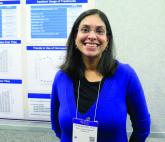
Wide variation seen in treatment of infantile spasms
- Author:
- Doug Brunk
HOUSTON – The types of diagnostic tests ordered and medication used for treatment of infantile spasms vary considerably, a large study of children...
